Saturday night: high heels click along the Voukourestiou Street pedestrian strip. A lady walks on the arm of her date and, just before arriving at the entrance to the Pallas Theater, casts a glance into the Hermès shop window. “What a beautiful scarf!”
Monday morning: the aroma of freshly roasted coffee from Clemente VIII tickles the nose. A group of well-clad ladies finish their espressos and head back to the office. “Do you have time for a bite at Pasaji at lunch?”
Wednesday afternoon: two French tourists admire Vana Xenou’s Persephone sculptures soaring above their heads at the Spyrou Miliou Arcade. They snap a couple of photos and head out of the covered walkway to Amerikis Street. At No 4, outside the headquarters of the Piraeus Bank Group, they stop again: “Regarde, c’est un Botero!” says one to the other. They pose for selfies in front of the bronze sculpture of the Abduction of Europa by Zeus by the acclaimed Columbian artist.
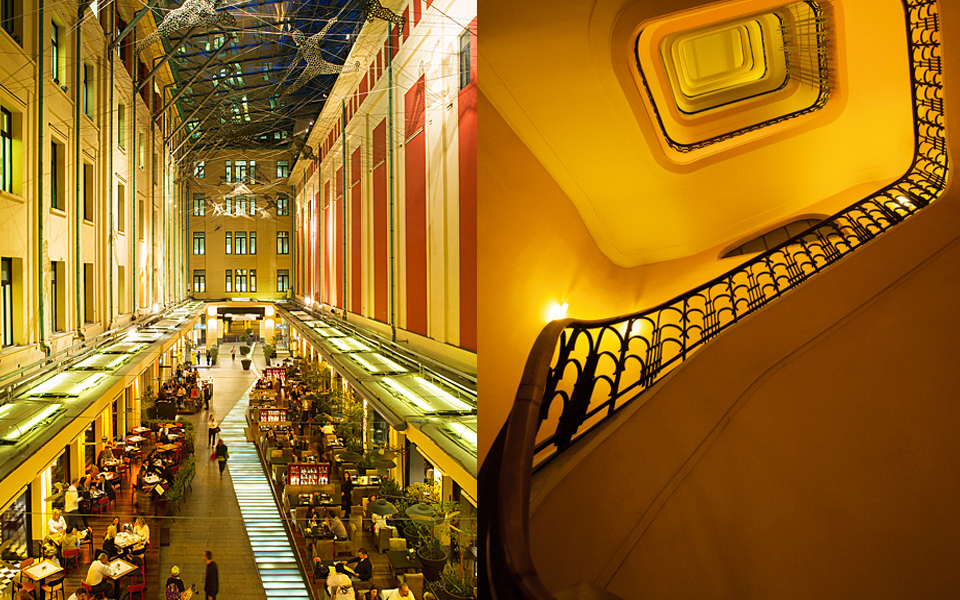
© Vangelis Zavos
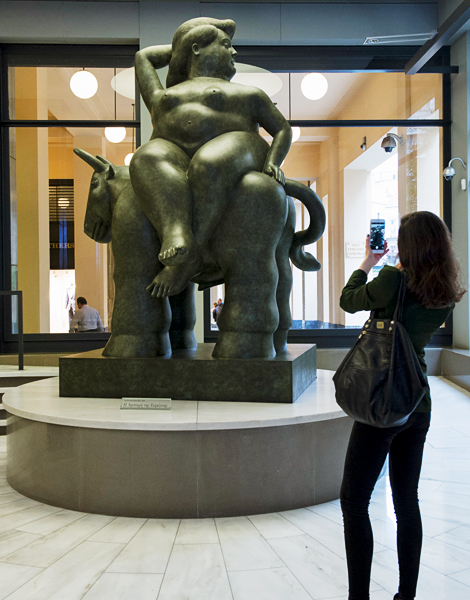
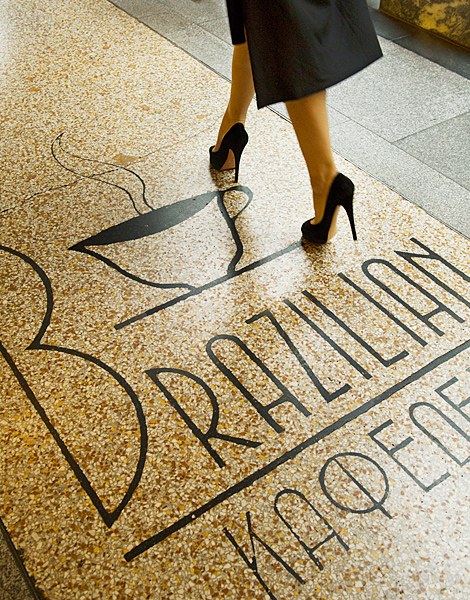
WELCOME TO CITY LINK!
There is no day of the week or hour of the day that this part of Athens, the block between Stadiou, Amerikis, Panepistimiou and Voukourestiou, is not buzzing with life and enticing passersby to stop and enjoy the vibe. This was the objective and City Link has become an Athens landmark, which, as the New York Times so eloquently put it, helped the capital regain some of its shattered confidence.
The story of how City Link came about is a tale of persistence: against the obstacles of bureaucracy, skepticism and constraints. It is also the tale of a vision coming true, of one man who believed that the Military Pension Fund building, dating from before World War II, could be reborn, after decades of obscurity, as a place of importance on Athens’ map. Requiring millions of euros and a gigantic effort, such an ambitious scheme seemed impossible at first. But Michalis Sallas, chairman of Piraeus Bank, believed in the vision and made it happen.
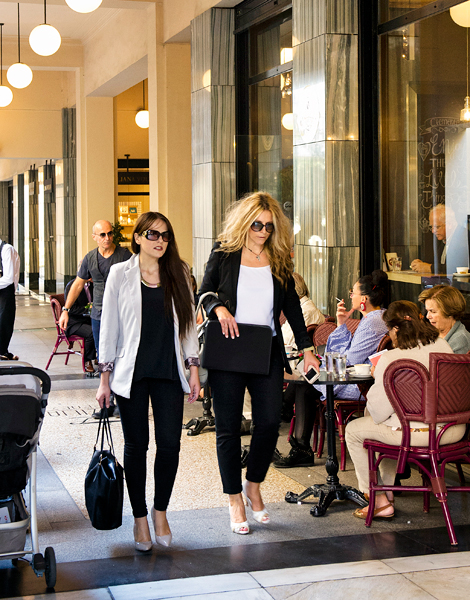
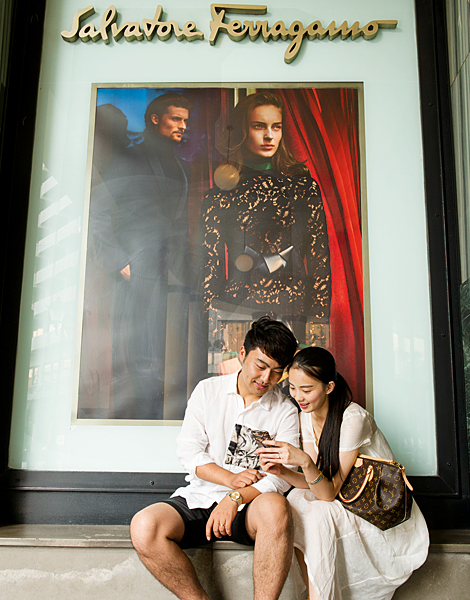
“By 2000 when the Piraeus Bank Group decided to develop the 65,000 square meter premises, the glamor of this majestic building had all but faded.”
EYE ON COMMERCE
The Military Pension Fund purchased the plot in 1926 with the aim of transforming the former royal stables into its headquarters. The tender for the project was awarded to architects Vassilis Kassandras (1904–1973) and Leonidas Bonis (1896–1963), graduates of the famed Ècole des Beaux-Arts in Paris, who designed a new building that would be used mainly for commercial purposes. To put the project into its historical context, Greece had just experienced a massive influx of refugees from Asia Minor and many settled in the Greek capital, bringing know-how and an entrepreneurial spirit, which helped commerce flourish. New businesses opened to meet the growing demands of consumers, and the city became more modernized and urbanized.
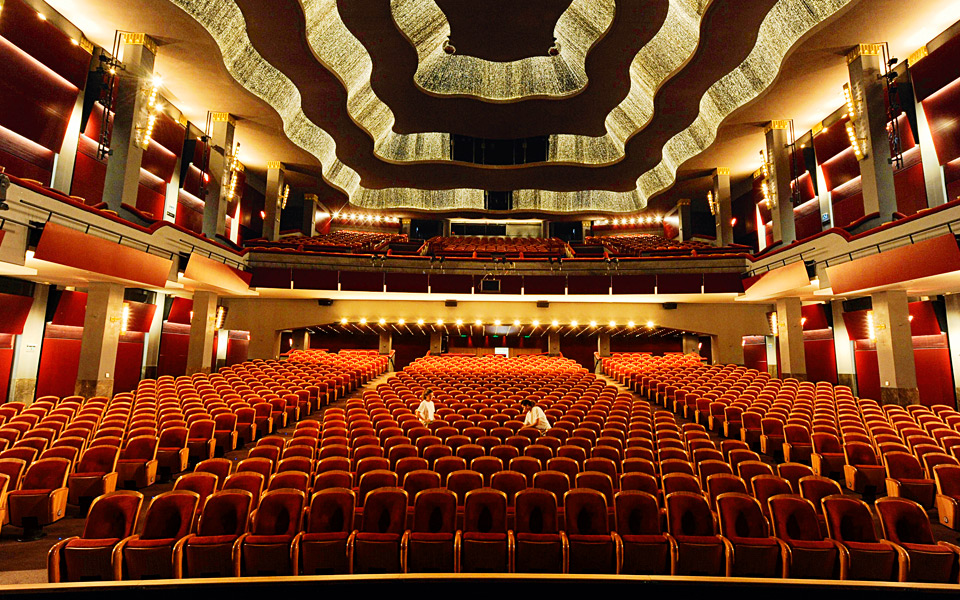
COMING TO LIFE
Construction began in 1928 and would take 12 years to complete. The finished structure impressed observers with its modernist lines, art deco brushstrokes and classical references. It included shops, office spaces and the Pallas cinema-theater, with 2,750 seats, hailed by the media at the time as the “most impressive theatrical colossus in the Balkans.” The Pallas was the first part of the complex to be finished. Its inauguration on October 23, 1932, with a performance of Johann Strauss’ Die Fledermaus, was the social and cultural event of the year. Brazilian, a café popular with artists and intellectuals, opened in 1933, followed in 1935 by the Maxim dance hall (transformed in 1949 into a cinema and in 1971 into the Aliki Theater). On August 21, 1940, just a few days after the Elli warship was torpedoed by the Italians, casting a pall over the nation’s morale, Karolos Zonaras, a Greek American, inaugurated Zonar’s, a luxurious patisserie, bar and restaurant, on the corner of Panepistimiou and Voukourestiou streets.
After the Nazi occupation, the Military Pension Fund complex begun its return to glory with the country’s reconstruction. Zonar’s was given a complete makeover, as was the café-restaurant Flokas two years later. In 1959 another theater, the Vergi, opened in the basement of the building.
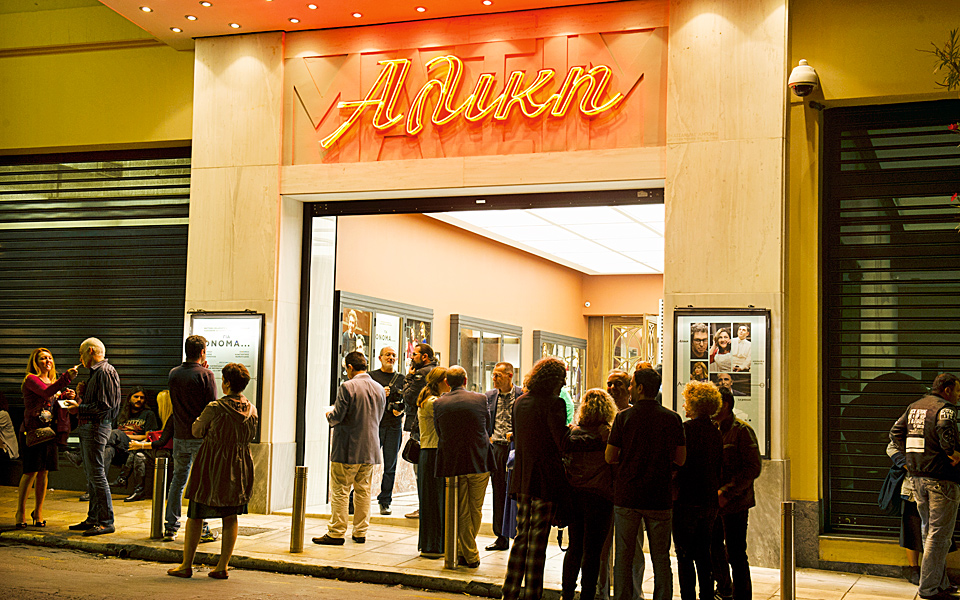
THE COMEBACK
However, the boom didn’t last forever. In the 1970s, changing consumer habits had a negative impact not just on the building, but also on the surrounding area, as dozens of hangouts gradually died out and commercial activity became more scattered. By 2000 when the Piraeus Bank Group decided to develop the 65,000 square meter premises, the glamor of this majestic building had all but faded. It was no longer the heart of Athens’ social, commercial and artistic life, and the Spyrou Miliou Arcade echoed with little but the footsteps of a few harried pedestrians.
The renovation plan was extremely challenging. The first priority was to modernize the complex so that it could become a multi-purpose venue. Civil engineers also had to strengthen the massive, 80-year-old concrete shell, while respecting the exterior appearance and the geometry of the interior. And they did this with success. The rather haggard Military Pension Fund building was transformed into the modern City Link we see today, a jewel in a city scarred by crisis and perhaps its most “European” block.
Attica department store opened in April 2005. That winter, Piraeus Bank moved into City Link and the theaters reopened to the public, putting the building on a new path of growth.











